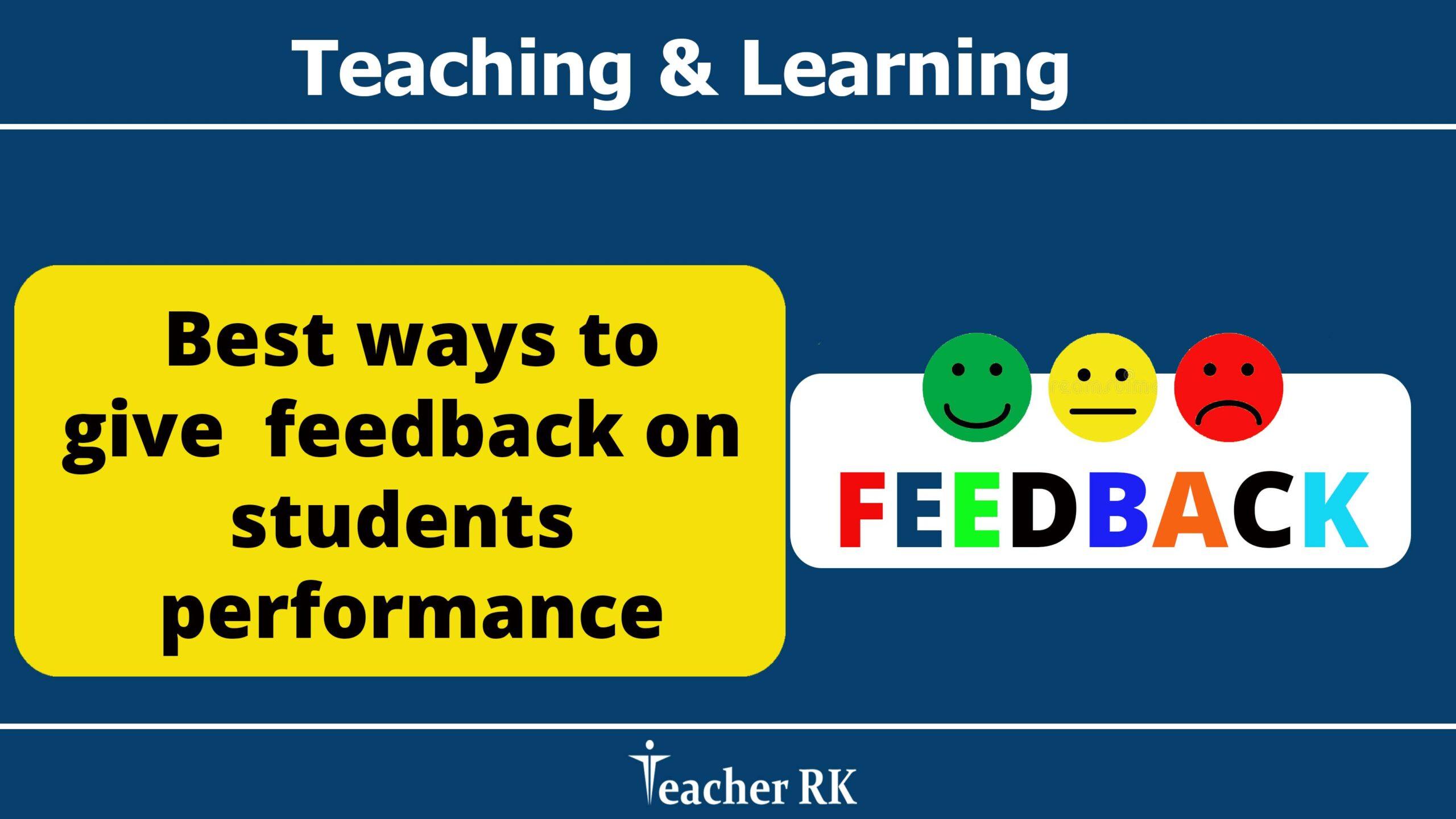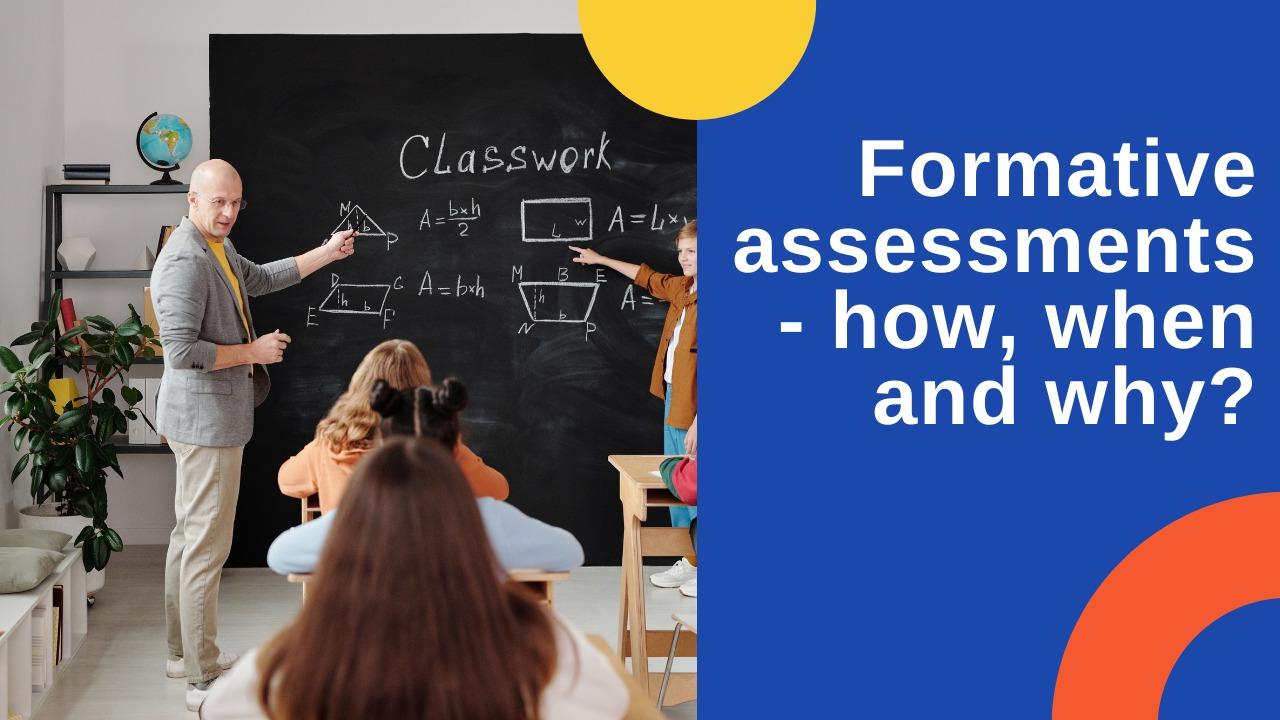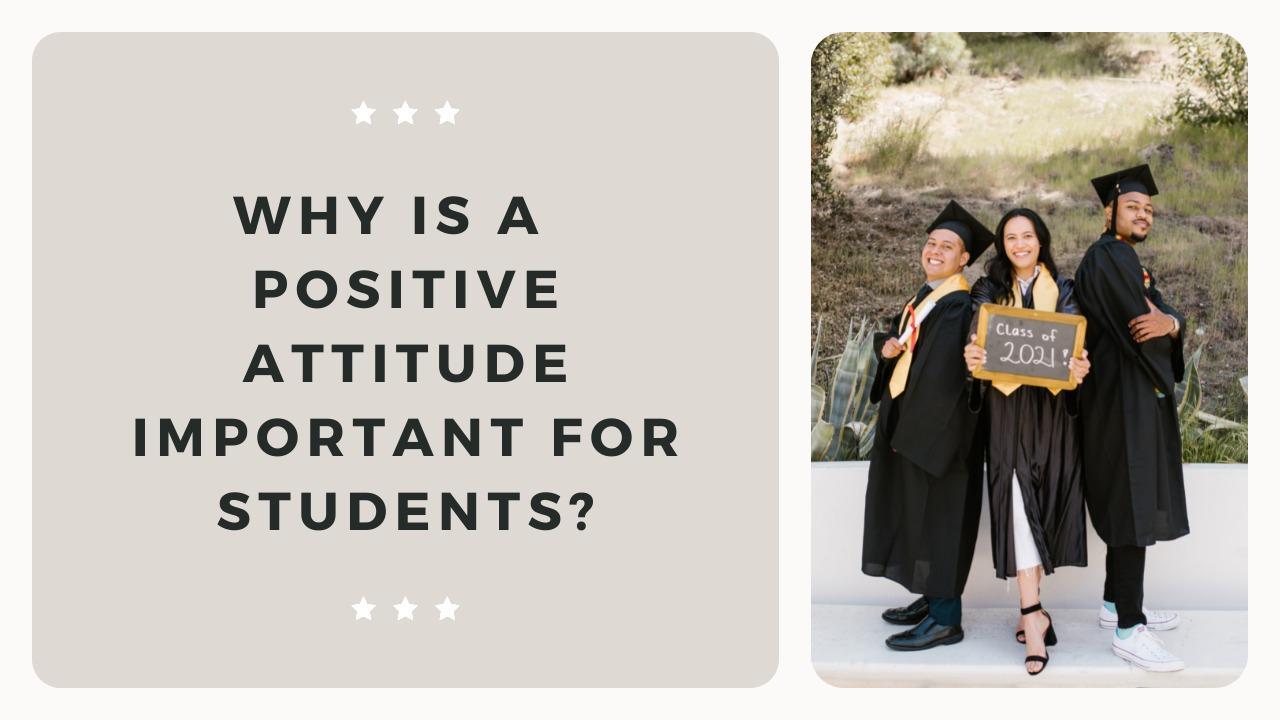Proactive teaching is a teaching strategy employed by teachers to make sure that their students are engaged in the lesson. This is important because it will ensure that the students are motivated enough to put in work outside of class. Proactive teaching includes things like planning for students’ next steps, thinking about what to do if students get stuck, and making sure that they have the resources needed to complete the task.
Proactive classroom management is how teachers use and implement strategies to help their students be more social and emotional well-being and avoid misbehavior and conflict. In the beginning, you have to do a lot of work to be a proactive management teacher. But when your students learn to respect each other and build a classroom community, the result is worth it! This also gives you a place to keep disruptions and lousy behavior out of the way to teach your students.
Strategies for Classroom Management that are proactive
Positive Relationships
Make sure your students have good relationships (and your students with their peers). Students must know that their teacher cares about them, and this is why. It’s because we love kids that we teach. But, it would help if you also showed kids that you care about them and want them to be happy. Then, they will work hard and learn so much more than they would if they didn’t know.
Everyone should bring in a picture of their family and make a bag to start the year off. People in the class can show these to each other to get to know each other. The teacher then learns about their students’ interests and other things about them. This offers teachers methods to link with their students personally, creating a positive relationship between them and their students.
It’s also crucial for students to build good relationships with other people because this helps create rapport and a sense of society in your classroom. Start by having each student write something nice about everyone in the class.
You can pick one person per day and then have circle time to discuss what everyone said. This makes each student feel unique and essential, and it starts to build positive relationships. Even though we don’t always get along, kids need to learn that we should still treat each other with respect.
Mindfulness Techniques
As a teacher, you should show students how to be mindful of calming down when they’re stressed and learn how to control their thoughts and bodies. A few ways to start teaching kids about mindfulness are to teach them breathing exercises and practices to be calmer. When kids learn mindfulness, they can be proactive and take charge of their thoughts and feelings.
Establish rules with your students
If you set clear rules for your students at the start of the school year, they will know what to do. As long as you keep the correct connection with them, you’ll be able to talk to them about things that don’t meet one of their expectations in a loving way. The best way to get students to agree with you is to let them help you set up the rules in their classroom. This way, they have a say in what they think is and isn’t OK. As much as the teacher owns it, the students also own it and should use it, too.
Positive Rewards System
Instead of yelling at kids when they don’t meet an expectation, reward them for doing the right thing rather. I love how hard Sammy is working on his reading response. You can do something as simple as praise him verbally: This will make people who aren’t doing the right thing want to change their ways.
Students can also get tickets or other tangible rewards, and the teacher can have a prize box or a list of free tips when they get enough. For example, they could wear socks for a day, eat lunch with a friend, bring a stuffed animal to school, or do other fun things.
Teach Conflict Resolution Strategies
Also, teachers can have whole and small group lessons to teach kids how to deal with conflict if it does happen to them. Use specific strategies like the peace path or choice wheel to solve problems. You can also play a game, read, or play a role-playing game.
Use Visual Cues and Reminders
This is another good way to be proactive about classroom management. It’s possible to teach the kids special rules, like freeze and visual cues like an icicle. When you keep it up, everyone controls what they are accomplishing to think about their behavior and be quiet. It’s easy to come up with other visual clues for any conduct you want to address quickly. Be creative and have fun!
Be Consistent
The most significant thing you can do to fix your expectations and make your classroom a better place is to be consistent. A lot of kids don’t get this at home, and they’ll take advantage of someone who isn’t. Say what you’ll do and then do it even when you don’t want to, or it would be easier not to. There is a big difference between being consistent and not being consistent.
Conclusions
Proactive teaching is a style of instruction that is more active and engaging. One of the benefits of proactive teaching is that it helps students retain information better. Students are more engaged in the content, which makes them more likely to understand and remember the material. They feel confident in their abilities because they can see the progress they have made. In addition, it becomes easier for teachers to identify the needs of students and cater their classes accordingly.
The cons of proactive teaching could be that it requires a lot of resources from teachers because they have to spend a lot more time on course planning and designing course materials before they even start teaching. It also requires a lot more effort from the student because they will need to do outside research and other tasks in order to understand the topics better.










